1.Background analysis
(1) Current pollution situation
With the rapid development of industrialization and urbanization, the problem of air pollution is becoming increasingly severe. PM2.5、 The excessive concentration of pollutants such as ozone (O3), sulfur dioxide (SO ₂), and nitrogen oxides (NOx) has become a global problem. According to the World Health Organization, about 90% of the global population is exposed to excessive air conditions, leading to a significant increase in health risks such as respiratory and cardiovascular diseases. According to the International Energy Agency's report, over 6.5 million people die from air pollution worldwide every year. The report predicts that by 2040, this number will increase to 7.5 million. Due to the aggravation of air pollution in recent years, the incidence rate of people is also increasing year by year, especially some old people, children and pregnant women, whose resistance is much weaker than that of ordinary young people, so they have also become the most serious victims of air pollution. There are three ways in which air pollution can harm the human body, namely inhalation of polluted air, surface skin contact with polluted air, and ingestion of food containing air pollutants. In addition to causing respiratory and lung diseases, it can also harm the cardiovascular system, liver, etc., and in severe cases, it can take away a person's life. Governments around the world have introduced strict air pollution prevention and control policies, such as China's "Blue Sky Defense Campaign" and the EU's "Clean Air Plan", to promote the development of environmental monitoring technology towards real-time, precision, and intelligence.


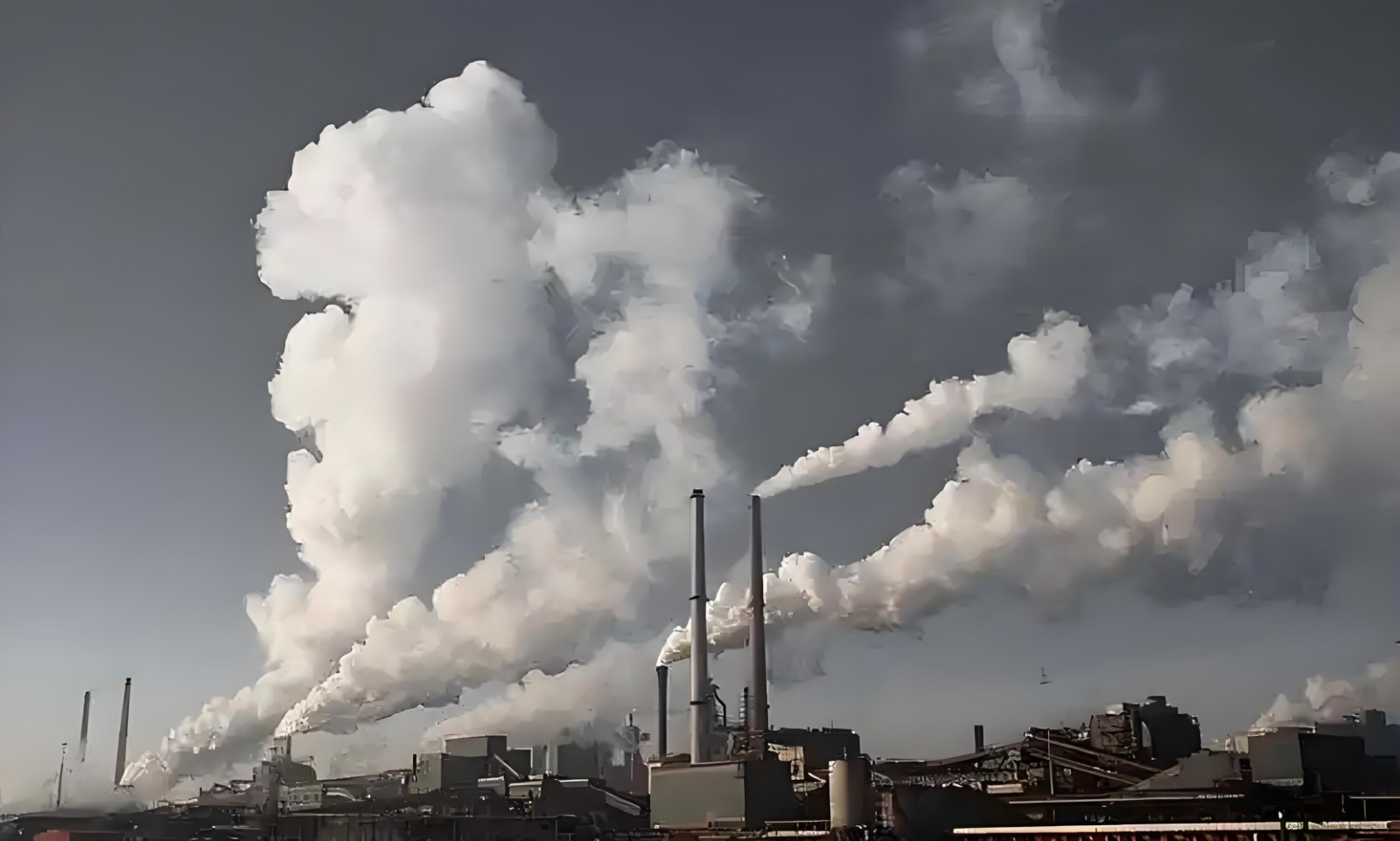
(2) Technical pain points
Traditional monitoring methods rely on fixed stations and manual sampling, which have problems such as insufficient equipment accuracy (such as PM2.5 monitoring error exceeding ± 15%), limited coverage (only covering urban core areas), delayed data updates (>30 minutes), and high costs. Therefore, there is an urgent need for an efficient, flexible, and scalable intelligent atmospheric environment monitoring solution to cope with complex and changing pollution scenarios.
2. Brief description of the plan
Integrating atmospheric environment monitoring with IoT architecture, cloud computing, local area network/communication network and other multi network seamless connection technologies, an intelligent atmospheric environment monitoring system is established to play a significant role in daily monitoring, management and emergency response of atmospheric quality.
The monitoring system based on cloud computing server center can accommodate monitoring data from tens of thousands of monitoring points, forming a regional monitoring platform to achieve unified monitoring and management within the region.
Based on the Internet of Things and big data technology, an integrated monitoring system of "perception transmission analysis decision-making" is constructed to achieve real-time monitoring, precise traceability, and intelligent control of air pollution sources, helping governments and enterprises achieve environmental governance goals.
3. Overall architecture of the solution
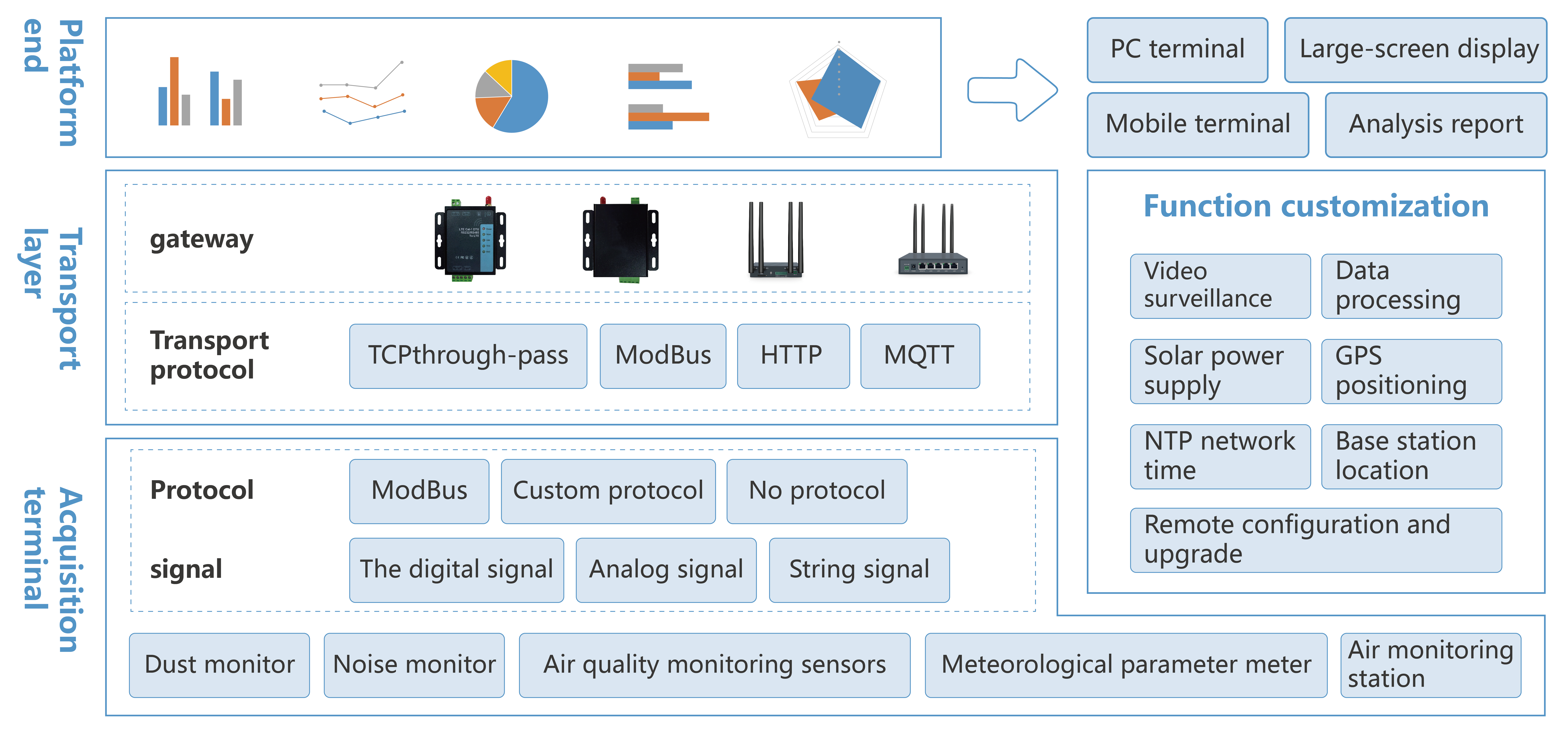
4. Functional Features
(1) Real time monitoring throughout the day
Collect important characteristic data such as dust (PM2.5, PM10), noise, meteorology, and air quality (SO2, NO2, CO, O3) to real-time grasp the overall safety status of the site. Cockpit view, dynamically displaying regional pollution index ranking and health risk assessment.
(2) Automatic data analysis
Calculate the collected data according to the algorithm set by the user, and convert the raw sensor data into data representing the safety status. Provide intuitive data reports and dynamic maps to assist in management decision-making. Integrated pollution heat map and traceability model, supporting multi-dimensional data analysis. Combining meteorological models with pollution diffusion algorithms to quickly locate pollution sources.
(3) Multiple analysis warning
In case of abnormal situations such as exceeding the threshold or equipment failure, the system will trigger the corresponding three-level alarm mechanism and notify the user in the form of SMS, email, etc. as soon as possible.
(4) Provide reference basis
The storage of monitoring data provides an analogy basis for future air quality warning.
(5) Emergency plan handling
Extract corresponding handling methods directly from the emergency plan library, promptly take measures such as personnel intervention and evacuation, and reduce the harm caused by environmental pollution.
5. Platform Display
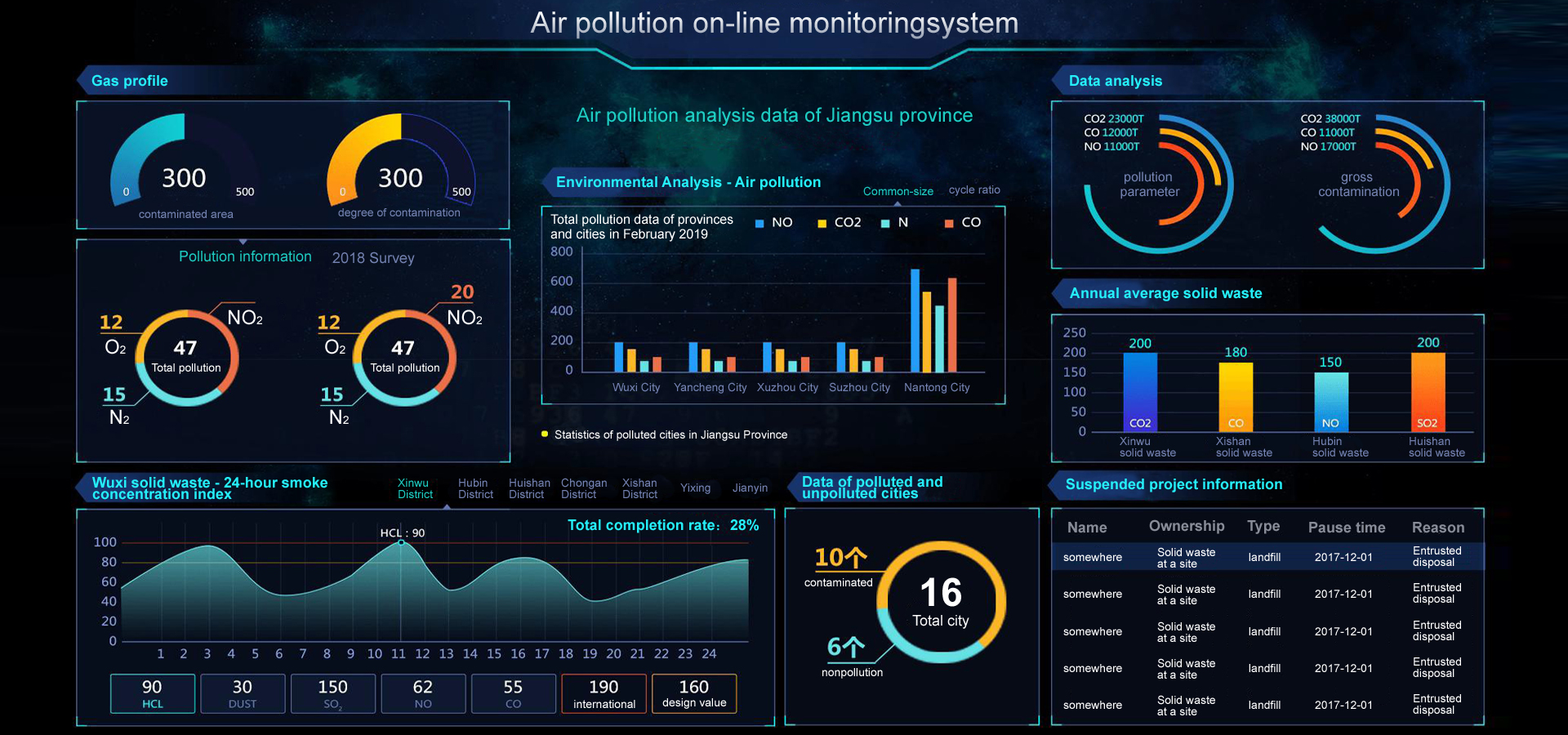
6. Mobile display
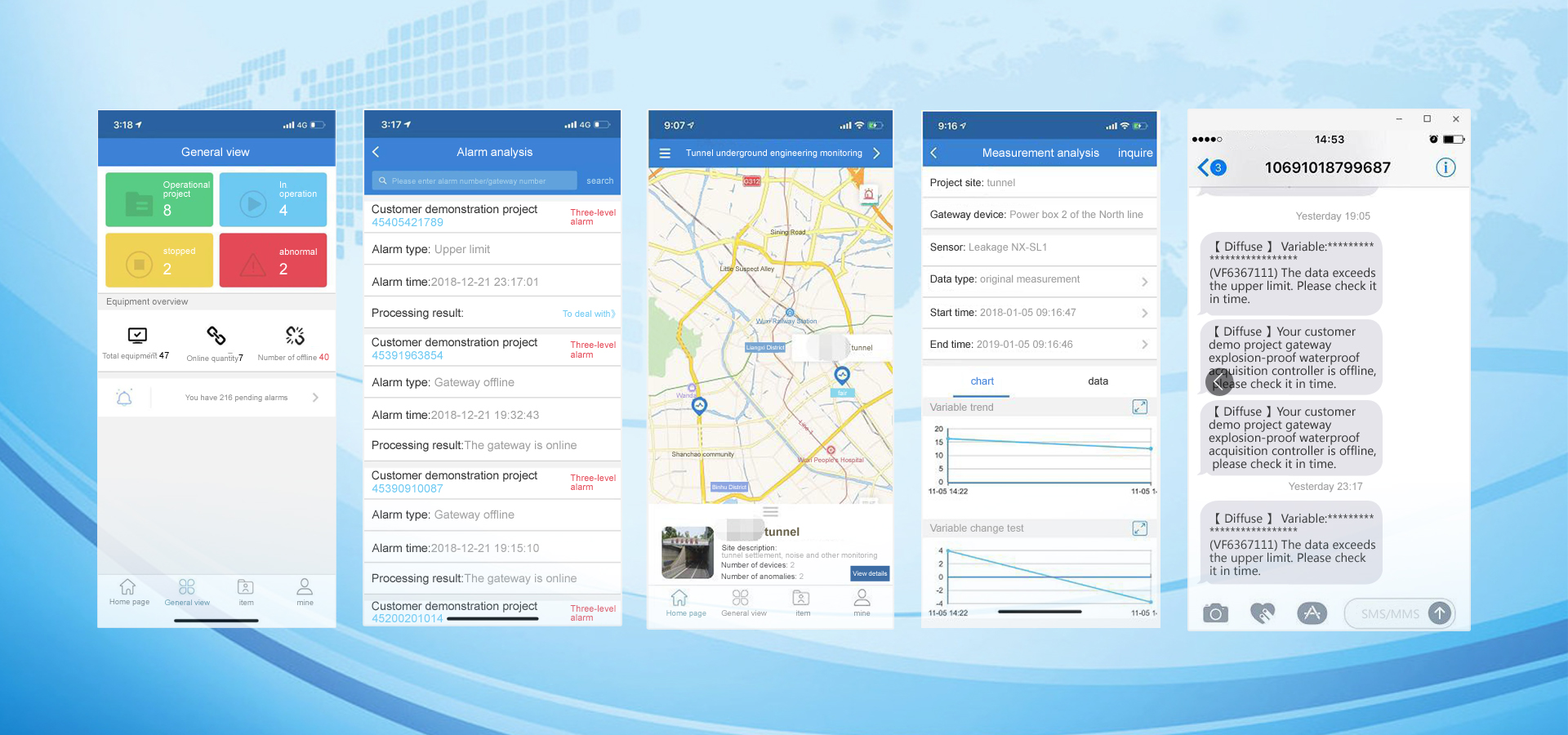
7. Related equipment and terminals
(1) Gateway
1) Supports multiple wireless modes including WIFI, 2G, and 4G.
2) Industrial grade application design, with rich interfaces such as RS232/RS485, CAN, GPIO, ADC, etc.
3) The SIM/UIM card interface has built-in 15KV ESD protection.
4) Wide power supply DC5-36V input design, meets EMC industrial level 4 electromagnetic compatibility requirements, antenna interface lightning protection, and has passed 1500 hours of high temperature and high humidity harsh environment testing.
5) Built in multi-level software and hardware watchdog protection, fault self detection and self repair, ensuring stable and reliable operation of the equipment 24 hours a day without human supervision.
6) Adopting a multi-layer link detection mechanism. Support PPP layer heartbeat, ICMP detection, interface traffic detection, TCP heartbeat packet detection and other link detection mechanisms to detect link conditions, achieve automatic re pulling and fault self-healing, and ensure that the device is permanently online.
7) The power interface has built-in reverse phase protection.
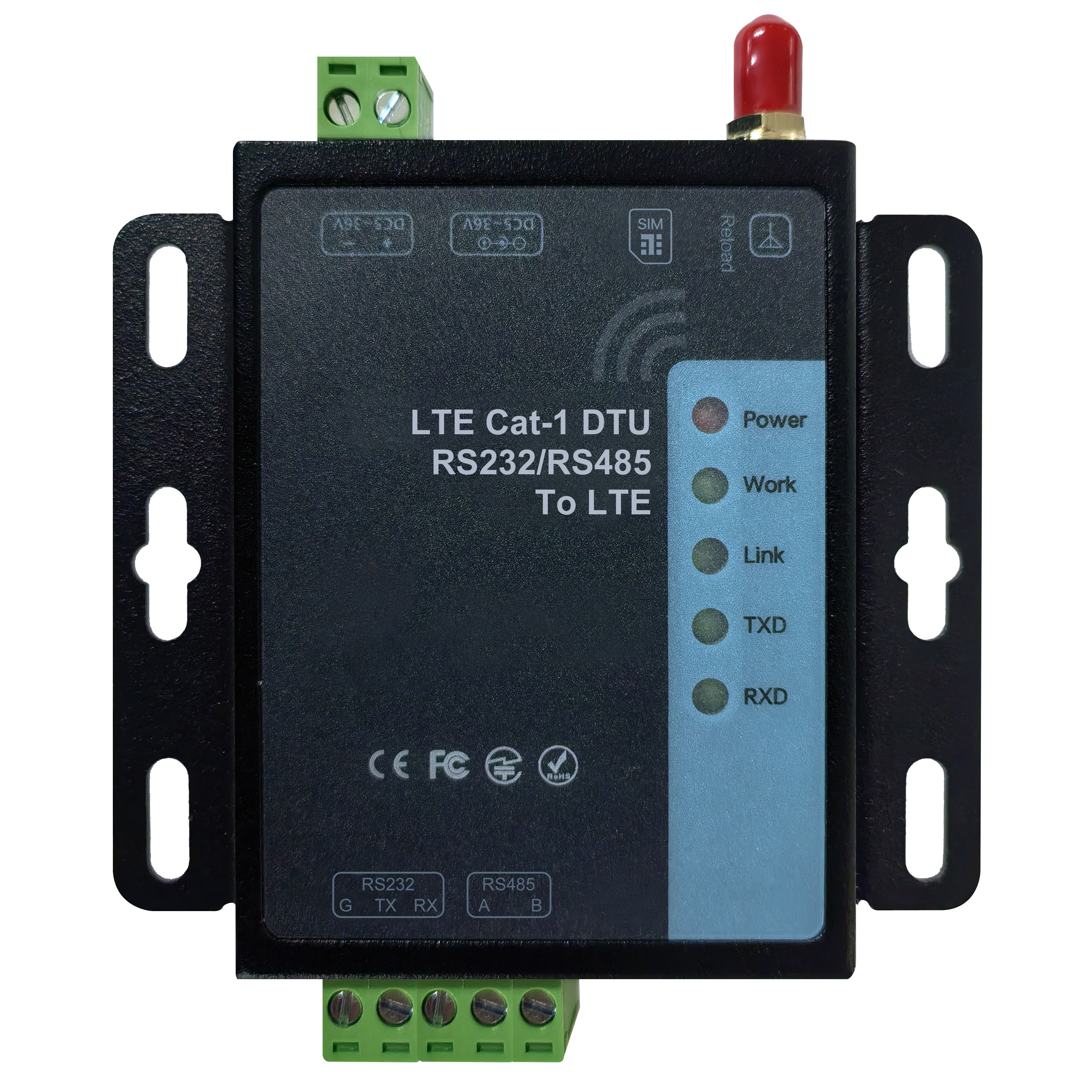
(2) Meteorological 6 parameters&dust detector
1) Support AC and solar power supply methods.
2) Real time monitoring of factors such as wind speed, wind direction, rainfall, light intensity, temperature and humidity, dust (PM2.5, PM10), etc.
3) The overall structure adopts carbon steel spray coating bracket and battery anti-theft design.
4) Simple structure, easy installation, and strong operability.
5) Adopting waterproof design, it can work as usual even on rainy days.
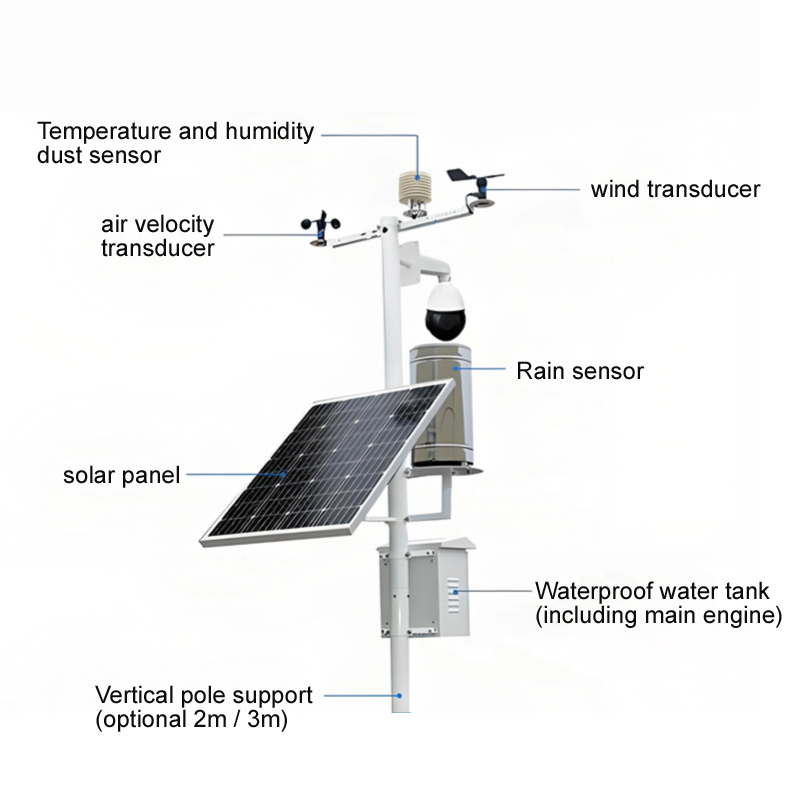
(3) Noise monitoring device
1) Support AC and solar power supply methods.
2) Embedded and modular structure design, small size, reliable performance.
3) Frequency range: 20Hz~12.5kHz.
4) Detection range: 30-130dB.
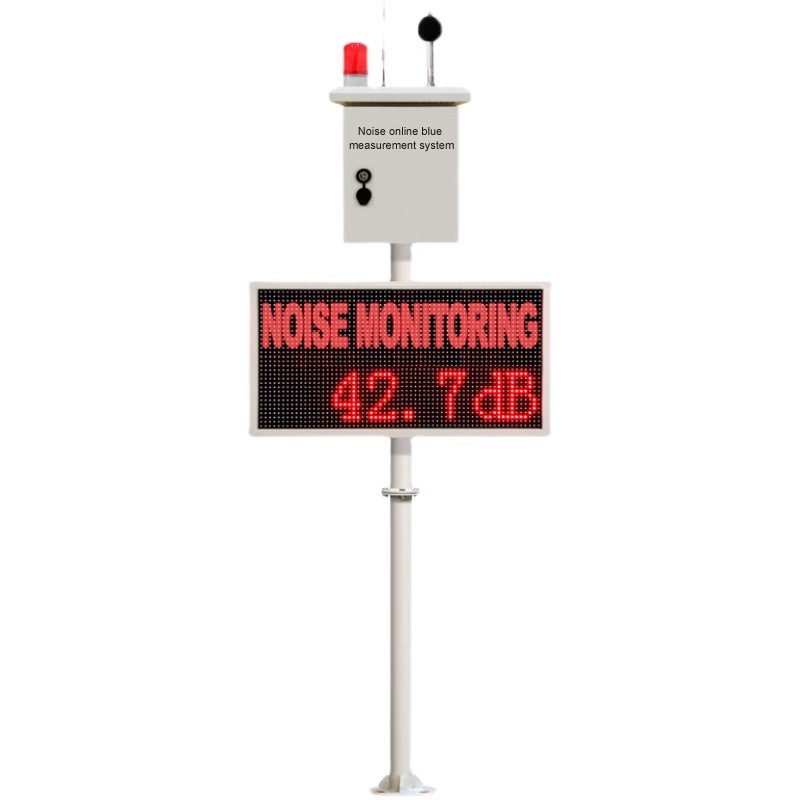
(4) Air quality online monitoring device
1) High integration, no moving parts, zero wear.
2) Maintenance free, no need for on-site calibration.
3) ASA engineering plastic is used for outdoor applications with constant color throughout the year.
4) CO: 0-10ppm (± 5% F.S), SO2:0-5PPM (± 5% F.S), NO2:0-5PPM (± 5% F.S), O3: 0-5PPM (± 5% F.S).
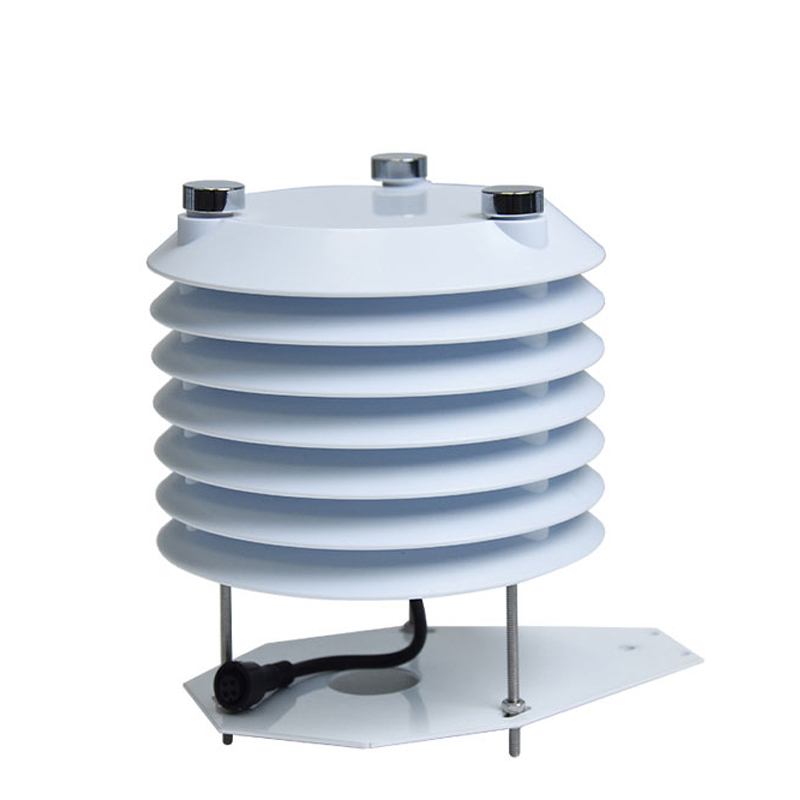
(5) Vehicle mounted mobile monitoring terminal (optional)
1) Real time mapping of pollution,
2) Support GPS positioning and 4G feedback
(6) Unmanned aerial vehicle inspection system (optional)
1) Multi gas detection module
2) High definition camera
3) Battery life ≥ 2 hours
8. Application scenarios
Urban grid supervision: Deploy a 500m × 500m monitoring grid to identify pollution sources such as building dust and catering fumes.
Industrial park control: Monitor the spread of pollution at the boundaries of chemical and steel enterprises to prevent environmental risks.
Traffic pollution control: Set up stations on main roads and analyze the impact of motor vehicle exhaust on air quality.
Construction site monitoring: Real time control of dust pollution to ensure civilized construction.
Monitoring of ecological protection areas: Long term tracking of changes in air quality and evaluation of protection effectiveness.
